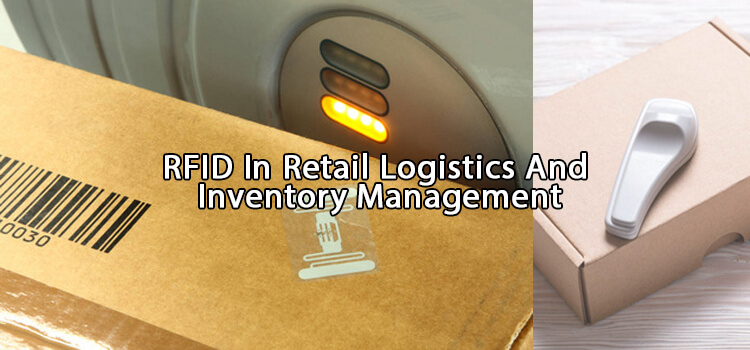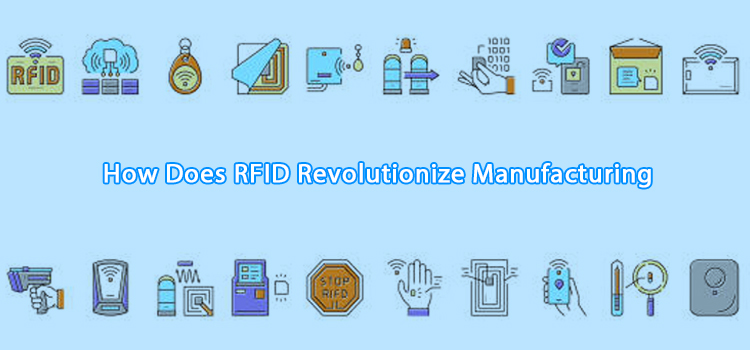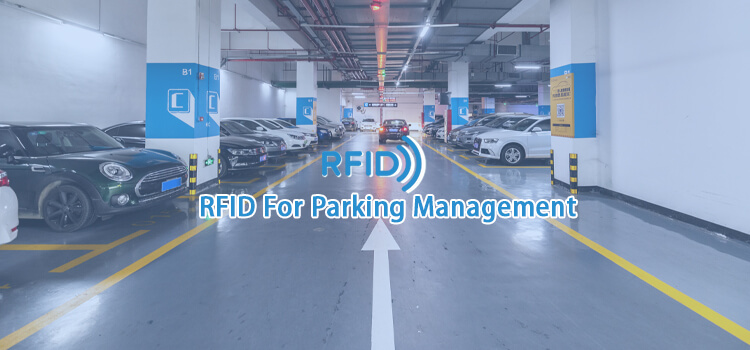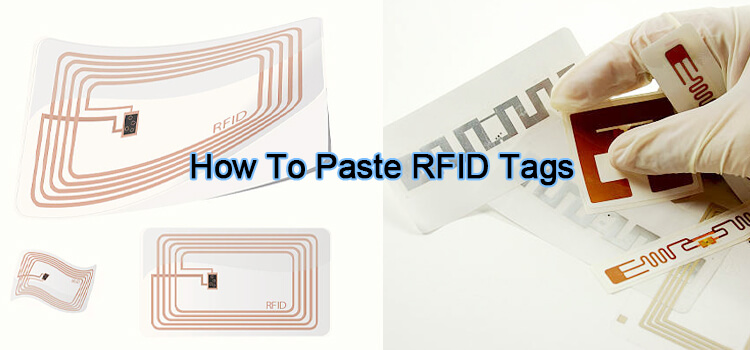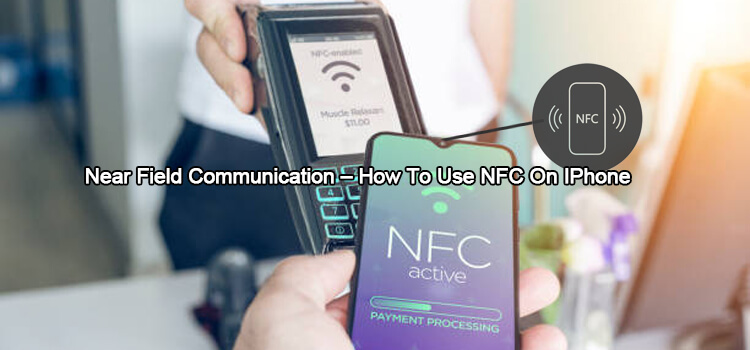Logistics and inventory management are key components to maintaining a successful business. By utilizing RFID tags and readers, retailers can streamline these processes and increase their efficiency.
This guide details how RFID can be used in retail logistics and inventory management and its benefits:
What is RFID for Retail Logistics & Management?
RFID in retail logistics management is the process of using RFID technology to track and manage inventory as it moves through the supply chain. This includes tracking items from the time they are received at a store or distribution center, to when they are sold to customers.
Using RFID tags and readers, retailers can automatically capture data about their inventory as it moves throughout the supply chain. This data can be used to track inventory levels, identify when items need to be restocked, and even locate specific items within a store.
For an RFID system to work optimally, it must have the following components:
- RFID Tags
RFID tags are small chips that are attached to items and contain unique identification information. There are two main types of RFID tags: passive and active.
Passive RFID tags do not have a power source and rely on the power emitted from the RFID reader to transmit their data. They are ideal for short-range tracking since they have a short read distance, as shown below:
- 10 cm/ 4 inches for Low-Frequency Passive RFID tags
- 1.5 meters for High-Frequency Passive RFID Tags
- Up to 15 meters for Ultra-High Frequency Passive Tags
On the other hand, active tags have a power source, typically a battery. This allows them to transmit their data over a longer distance and for a longer period than passive tags. Active RFID tags are ideal for long-range tracking applications. They have a read range of up to 100 meters.
- RFID Readers
RFID readers are devices that emit radio waves to communicate with RFID tags. They are used to capture data from the tags and send it to a computer for processing. There are three main types: handheld RFID readers, fixed RFID readers, and vehicle-mounted RFID readers.
Handheld readers are small, portable devices that can be carried around by hand. They are typically used for short-range applications, such as inventory management in retail stores.
Fixed readers are mounted in a stationary position and are often used for long-range tracking applications, such as monitoring the movement of trailers in a distribution center.
Vehicle-mounted readers are mounted on forklifts or other vehicles and are used to track items as they are moved around a warehouse or other large facility.
- A Comprehensive RFID Software
You will also need a retail management RFID software to manage your inventory. A functional software should help with the following:
- Monitor Stock Level. It should allow you to monitor the stock level in real-time so that you can replenish it before it runs out. Some software even sends an alert whenever an item is nearing its minimum stock level.
- Tracking Movement of Goods. The software should be able to track the movement of goods from the time they are received to when they are sold. This information can be used to optimize your supply chain and reduce inventory costs.
- Analyze Data. It should allow you to analyze the data to improve your operations. For example, it should rank brands based on how fast they sell or help you find out where most of your theft occurs.
Some software also has features that allow you to manage your customers and employees. For example, they might include a customer management system, enabling you to track your customer’s purchase history, or an employee management system that allows you to track employee productivity.
Benefits of RFID in Retail Logistics & Management
There are many benefits of using RFID technology in retail logistics and management, including:
- Improved Inventory Management
If you find yourself running out of stock without your knowledge, it might be time to invest in an RFID system. This habit can eat into your profit and frustrate your customers.
With RFID, you can monitor your inventory in real-time and never run out of stock again. This way, you can focus on other aspects of your business and leave the inventory management to the software.
- Reduced Stock Losses
It is not uncommon for goods to go missing in retail stores, whether it is due to theft, misplaced items, or errors in stock counting. This problem can be costly and time-consuming to solve.
With RFID, you can track your inventory and know exactly where it is at all times. This way, you can quickly identify when something is missing and take steps to prevent future losses.
- Improved Customer Service
Customers are the lifeblood of any retail business. If they are not happy, they will take their business elsewhere.
One of the best ways to improve customer service is to ensure that the products they want are always in stock. With RFID, you can do just that. This way, you can avoid angry customers and keep them coming back for more.
Choosing the Right Retail & Logistic Management RFID System
When choosing a retail management RFID system, there are several factors you need to consider, such as:
- The Type of Business You Have. The system you choose should handle the specific needs of your business. For example, if you have a large warehouse, you will need an RFID tag with a relatively longer read range system than someone with a small retail store.
- The Size 0f Your Business. The system you choose should be flexible enough to grow with your business. For example, if you have a small business now, but plan to expand in the future, you will need a system that can accommodate your future needs.
- Your Budget. The system you choose should be within your budget. There is no point in spending money on low-quality RFID systems that will not serve your needs. Instead, you would rather save up and invest in a high-quality system that will last you for years to come.
- The Features You Need. The system you choose should have the features you need. For example, if you need to track metallic items, you will need metal-mount RFID tags.
At the end of the day, the best RFID system is the one that meets your specific needs. There is no one-size-fits-all solution when it comes to RFID systems. So, make sure to do your research and choose the right system for your business.
Related Articles
- A Guide About Different Types Of RFID Tags
- A Guide To Buying RFID Tags & Equipment
- RFID For Laundry: How It Works? What Are The Benefits?
- 10 Common Applications Of RFID In Hospitals
- Why RFID Attendance System In Schools & Its Benefits?
- RFID Animal Tracking And Identification
- RFID Use For Race Timing
- RFID For Parking Management
- How Does RFID Revolutionize Manufacturing
- Why Do You Need RFID Jewelry Tags?

